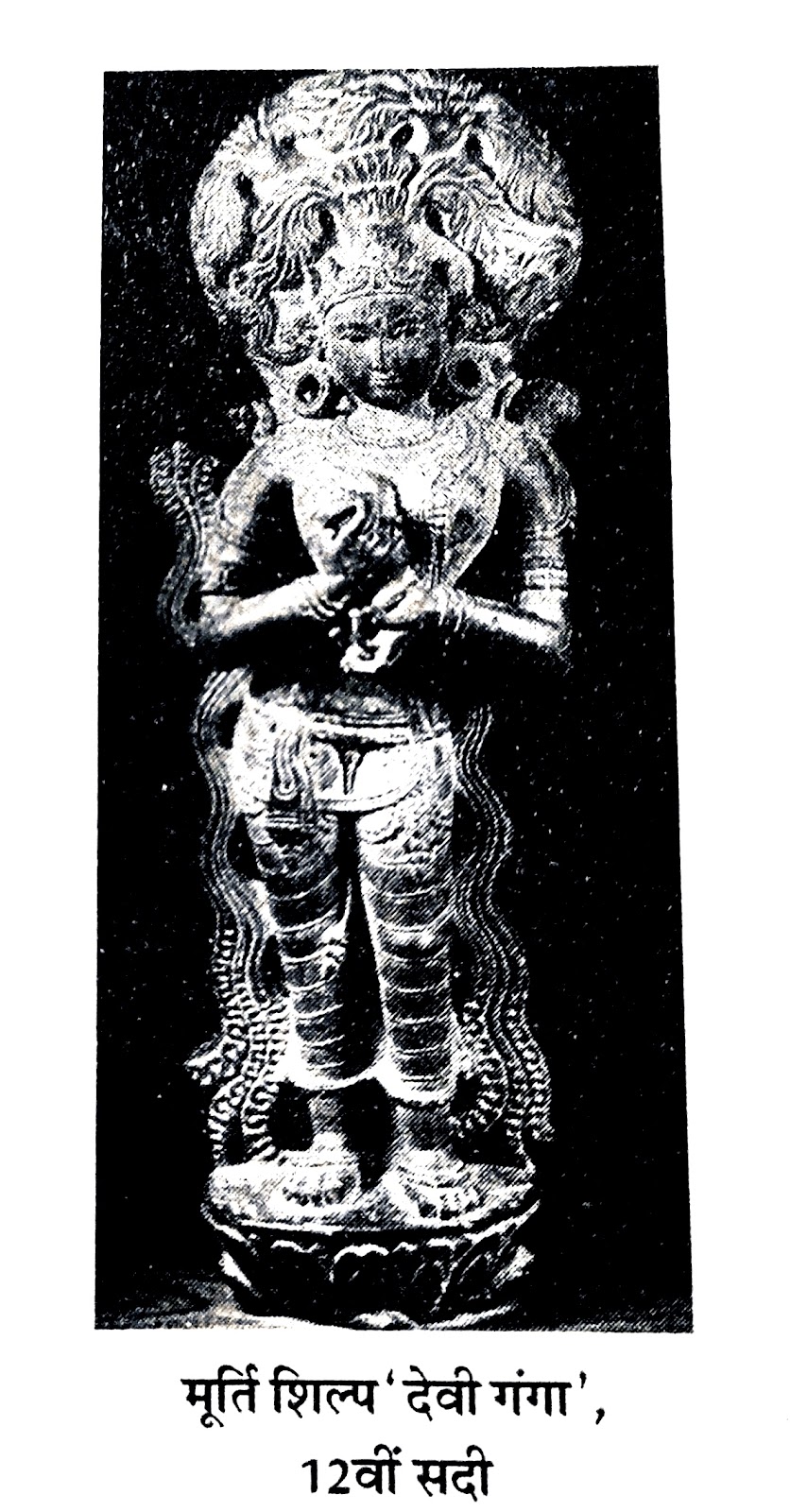Sculpture 'Goddess Ganga',12th century "Beauty and Art "

#Peraraph ifferences in form, evidence, emotion, beauty, and planning. Similarity is the breaking of the colour, and this is a picture of the sixfold. Rupa – structure according to the value and proportion of shape, Bhava – the expressions of the figure, Lavanya – inclusion of beauty in the creation of form, analogy – similarity with the original object, Varnika Bhang – systematic combination of different colours. #Introducing In Indian art, beauty has been considered the soul of art and beauty has been called bliss. Art and beauty have always had a companionship relationship, both exist together. A work of time which does not have beauty cannot be kept under art. The beautiful creation of black ink is considered as art. Thus, in art, form, pleasure and expression are the factors of beauty and vigor, sweetness and pleasure (simple- comprehensive) are the three qualities of expression....





